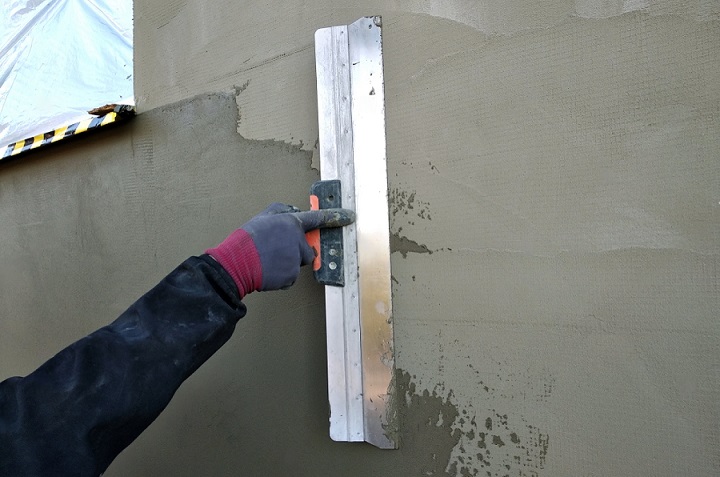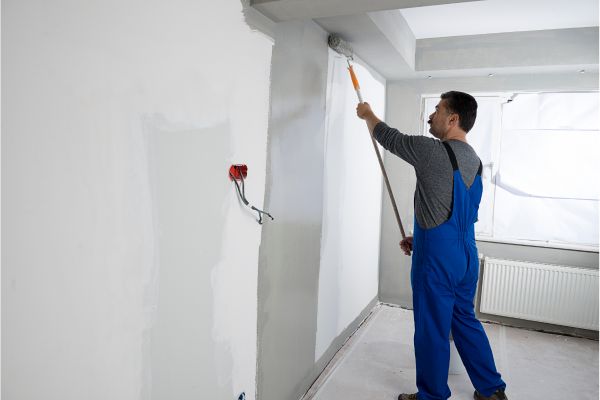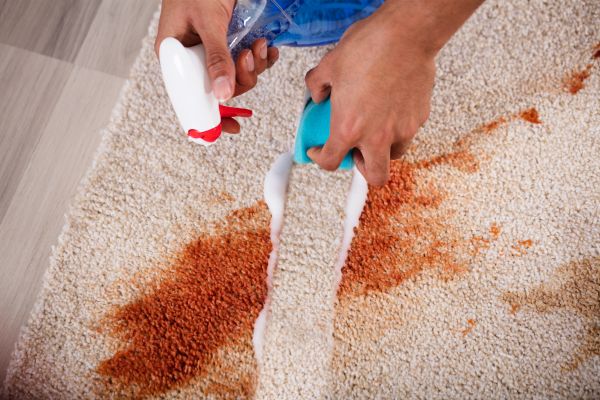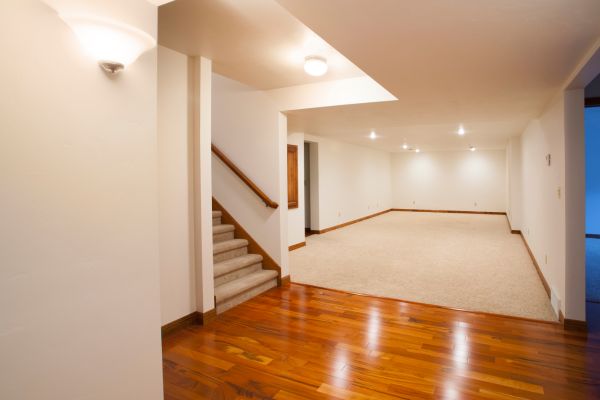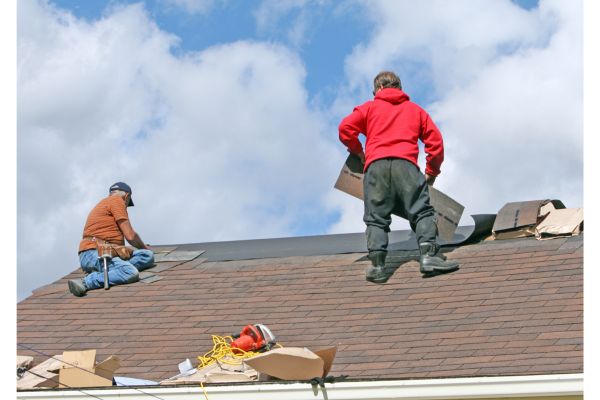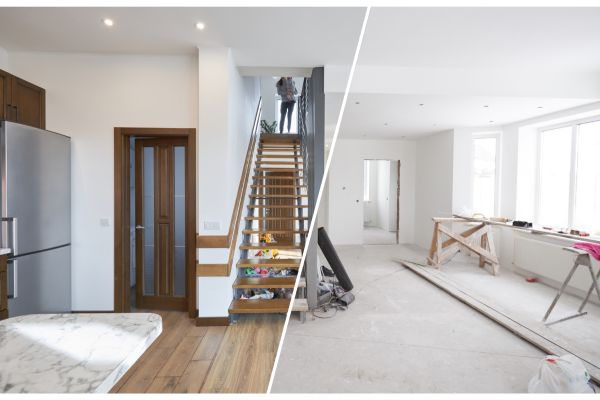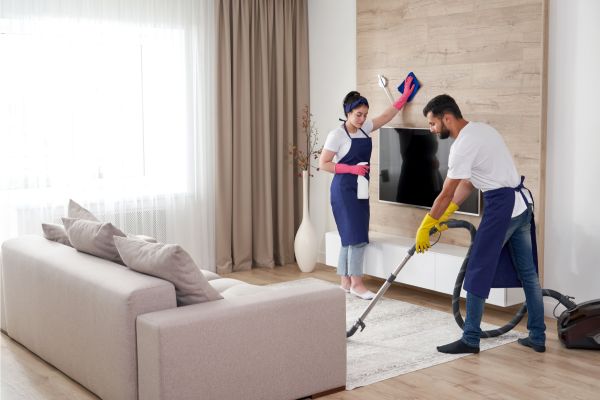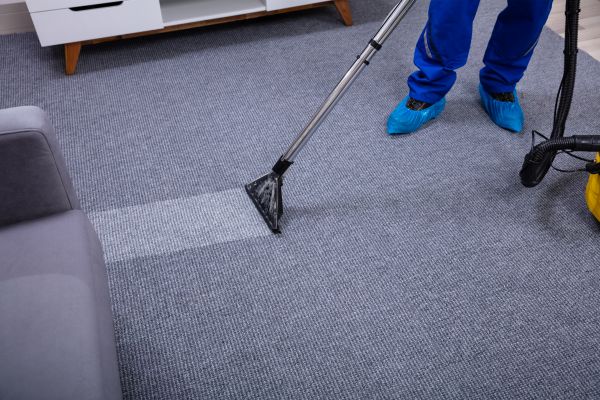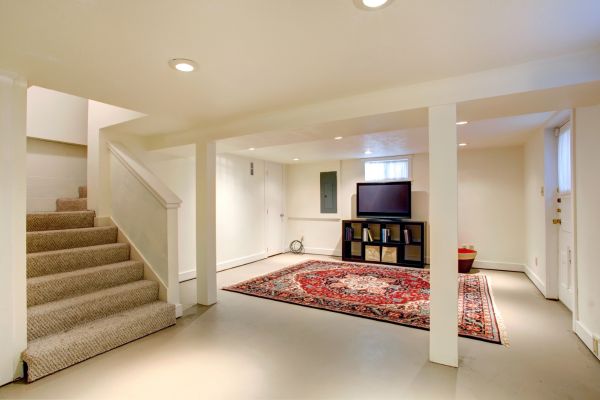Imagine a beautifully crafted facade that stands as a testament to the artistry of architecture. Such facades often feature a remarkable material called stucco. Stucco, with its rich history dating back centuries, has consistently been a cornerstone of architectural aesthetics. It’s not just a building material; it’s an art form. In this comprehensive guide, we delve into the world of stucco mastery, exploring the intricacies of stucco installation and repair to help you create and maintain the perfect facade.
What is Stucco?
Stucco: A Brief Overview
Stucco is a versatile building material that has been used for centuries to enhance the beauty and durability of structures. It’s a mixture of cement, sand, lime, and water, which, when applied to a surface, hardens into a solid, durable shell. What sets stucco apart is its ability to be molded into various textures and finishes, allowing architects and builders to achieve their desired aesthetic goals.
Types of Stucco Materials
Stucco materials have evolved over the years, with various formulations catering to different construction needs. The two primary types of stucco materials are:
- Traditional Stucco: This type of stucco consists of lime, sand, and water. It has been used for centuries and is valued for its breathability and ability to flex with the building’s movement.
- Modern Stucco: Also known as synthetic stucco or EIFS (Exterior Insulation and Finish System), this type uses a foam insulation board beneath the stucco surface, offering enhanced insulation properties.
The choice between these materials depends on factors like climate, building design, and personal preferences.
The Art of Stucco Installation
Preparing the Surface
Before applying stucco, proper surface preparation is crucial. The surface should be clean, dry, and structurally sound. Here are the essential steps:
- Cleaning: Remove any dirt, dust, or loose material from the surface using a power washer or wire brush. Cleaning ensures a strong bond between the stucco and the substrate.
- Priming: Apply a bonding agent or primer to the surface. This enhances adhesion and prevents water absorption, crucial for stucco’s longevity.
Mixing and Applying Stucco
Stucco mixing is both an art and a science. The right proportions of cement, sand, lime, and water must be combined to achieve the desired consistency. Here’s how it’s done:
- Materials: Gather your stucco mix, water, and any additives if needed. The mix ratio typically ranges from 1:2 to 1:3 (cement to sand).
- Mixing: Use a mechanical mixer to blend the materials thoroughly. The mix should be uniform, without lumps or dry spots.
- Application: Apply the first coat (scratch coat) evenly onto the surface using a trowel. Then, apply additional coats (brown coat and finish coat) as needed, allowing each layer to cure before the next.
Texturing and Finishing
Stucco’s unique appeal often comes from its textures and finishes. Here’s how you can create various effects:
- Float Finish: Achieved by smoothing the stucco with a wooden float, this finish is popular for a clean and subtle look.
- Dash Finish: Small pebbles or stones are thrown onto the stucco’s surface during application, creating a textured finish.
- Rough or Tuscan Finish: This finish uses trowels or brushes to create a rough, rustic appearance.
Your choice of texture can significantly impact the overall aesthetics of your stucco facade.
Common Stucco Installation Mistakes
Lack of Proper Surface Preparation
Consequences of Inadequate Preparation: Neglecting surface preparation can lead to a host of issues, including poor adhesion, cracks, and an uneven finish. Moisture infiltration is a common problem when the surface isn’t properly sealed.
Avoiding This Mistake: To prevent these issues, invest time and effort into thorough cleaning and priming. The quality of your stucco facade starts with a well-prepared surface.
Improper Mixing and Application
Issues with Mixing and Application: If your stucco mix isn’t consistent or applied incorrectly, it can result in weak spots, cracking, and an unattractive facade.
Getting It Right: Follow precise mixing ratios, and ensure that each coat is applied evenly. Take your time, especially when applying the finish coat, as it greatly affects the appearance.
Neglecting Maintenance
Importance of Maintenance: Even the best stucco facades require maintenance. Failure to address issues promptly can lead to more extensive damage over time.
Maintenance Practices: Regularly inspect your stucco for cracks, stains, or other signs of wear. Clean the surface as needed, and make necessary repairs promptly to keep your facade in top condition.
Repairing Stucco for a Flawless Facade
Identifying Stucco Damage
Recognizing Common Issues: Stucco facades can develop various problems over time, including cracks, discoloration, and moisture damage. Knowing what to look for is crucial.
Repair Techniques
Step-by-Step Repair Process: When you notice damage, follow these steps to restore your stucco facade:
- Clean and Remove Damaged Material: Start by cleaning the damaged area and removing loose or crumbling stucco.
- Apply Patching Material: Use a suitable stucco patching compound to fill cracks and gaps. Feather the edges to blend it with the surrounding stucco.
- Texture and Finish: Match the repaired area’s texture and finish to the existing facade. This may require artistic skills to achieve a seamless look.
Blending Repairs with the Existing Facade
Achieving a Seamless Appearance: Repairing stucco is an art as much as it is a technical process. Skillful blending and matching of textures and finishes are essential to ensure that repaired areas don’t stand out.
Preventing Future Damage
Maintenance is Key: Regularly inspect your stucco for any signs of damage or wear, and address them promptly. Proper maintenance can extend the life of your stucco facade and save you from costly repairs.
Stucco in Modern Architecture
Contemporary Stucco Applications: Stucco continues to be a favored choice in modern architecture due to its versatility. Architects and builders use stucco to create stunning facades in various styles, from sleek and minimalist to intricate and ornate.
Examples of stunning modern stucco facades include the use of bold colors, innovative textures, and creative design elements. Stucco’s adaptability allows architects to push the boundaries of design while maintaining durability.
Takeaway
In the world of architecture, stucco is not just a building material; it’s a canvas for creativity. Mastering the art of stucco installation and repair is essential for crafting the perfect facade. Remember, it all starts with proper surface preparation, precise mixing, and expert application. Regular maintenance and timely repairs ensure that your stucco facade remains flawless over time.
Embrace the legacy of stucco and use it to create architectural masterpieces that stand the test of time. Whether you’re an architect, builder, or homeowner, stucco mastery opens doors to endless design possibilities.

